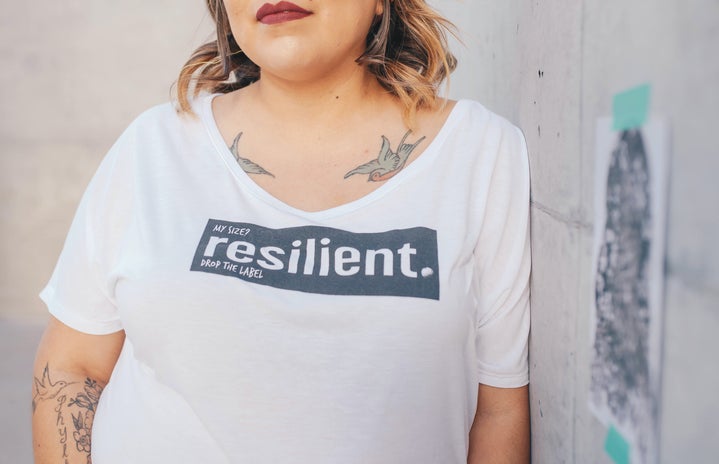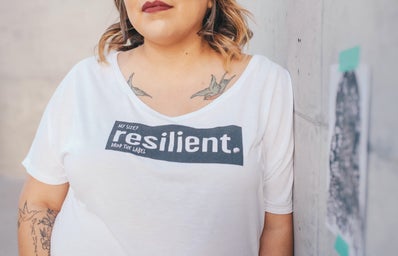*SPOILER ALERT*
On July 21, 2019, “Avengers: Endgame” became the highest grossing film of all time after shattering box offices records. In the months before and after its April release, the hype was inescapable—everyone was sobbing in theaters and avoiding spoilers on Twitter. I, too, was swept up the fervor of appreciating this unprecedented movie event. Not until I saw it for a second time did I start thinking critically about something that really, really bothered me:
Black Widow’s death.
For me, Black Widow has been an enigma since I first watched “Marvel’s The Avengers” in 2012. Since she was the only female Avenger, I wanted to like her, but I just couldn’t. With the controversies surrounding Scarlett Johansson, it was easy to wallow in that dislike. As I matured, I realized that part of the reason I didn’t like her was largely due to inconsistent writing, mostly from male writers.
From her introduction in 2010’s “Iron Man 2,” she has acted as everything, from the female lead in “Captain America: Winter Soldier” to Bruce Banner’s love interest in “Avengers: Age of Ultron,” but rarely as a character with her own independent storyline, which brings us to her death.
Black Widow, arguably the female lead of The Infinity Saga, died about halfway through “Avengers: Endgame” in a daring sacrifice; she fell to her death from the same cliff as Gamora (the only female member of the Guardians of the Galaxy) did in “Avengers: Infinity War.” While I appreciated the heroic nature of Black Widow’s death, I couldn’t help but notice how male the team in charge of saving the universe was—in fact, Nebula was the only remaining woman.
Black Widow was mourned in one short scene that motivated the remaining men to continue their mission, and while everyone had their starring moment in the epic final battle against Thanos, the female lead of the MCU was conspicuously absent.
I’ve heard every argument about why it was okay that Black Widow died—Marvel killed Tony Stark as well, she died to redeem her past mistakes, etcetera. Some are more valid than others. None change the fact that the Russo Brothers, Christopher Markus and Stephen McFeely threw two women—Gamora and Black widow, the only two women on their respective teams—off the same cliff. Literally.
Once I started thinking about this, I couldn’t stop thinking about how “Avengers: Endgame” simply didn’t know what to do with its female characters. Sure, Captain Marvel engineered two major turning points in the film, and there was the girl-power team up in the final battle, but does that outweigh Peggy Carter’s transformation into Captain America’s voiceless love interest? For me, this is indicative of a larger problem within the film and TV industry.
In the #MeToo era, conversations about female agency are occurring in almost every major field, and the film and TV industries aren’t excluded. People are expressing their desire to see more women on screen—for good reason.
In the top grossing movies of 2018, women comprised only 35 percent of speaking characters and 36 percent of major characters. Additionally, only 31 percent of these films had female protagonists (an increase from 2017’s 24 percent). These disparities worsen when considering marginalized women: respectively, black women comprised 21 percent of female characters, Latinas comprised 4 percent and Asian women comprised 10 percent (largely due to “Crazy Rich Asians”).
The statistics don’t look better behind the scenes, either. When considering the top 250 top grossing domestic movies, only 20 percent of all directors, writers, producers, executive producers, editors and cinematographers were women.
TV has seen improvements, comparatively, in the past few years. Women were 45 percent of all speaking characters in 2018, and behind the scenes, comprised 31 percent of directors, writers and other prominent roles, and shows that employed more women featured more women onscreen and behind the scenes.
It doesn’t end with stats, though. Even with the numbers, we must think about the quality of this representation and dissemble problematic tropes. Considering characters like Black Widow and Gamora in the context of ensemble casts, I have an issue when there’s only one woman in a group.
Think of movies like “It” and the show Stranger Things (in its first and second season). Oftentimes, this type of character falls into the “not like other girls” trope, where a woman takes pride in not being like other women. If there’s more than one woman, they often dislike each other, and they never outnumber the men.
There’s also the “manic pixie dream girl”, where female characters only exist to enrich and change a male character’s life. This particularly concerns me when considering the upcoming Hulu adaptation of Looking for Alaska. Along the same lines, teen girls always seem to be getting murdered or dying tragically on shows like Elite, Pretty Little Liars and 13 Reasons Why.
With so many young girls watching the shows and movies mentioned above, it becomes even more important to dismantle these tropes, or at least acknowledge their harmful nature. Not only should we want more women on-screen, we should want a better quality of representation that doesn’t perpetuate harmful stereotypes or demean women. At their best, female characters should embody the rich and complicated lives of real women.
So what can be done to achieve this? I believe the answer lies with both the creators and audience. With the creators, change needs to happen behind the scenes, primarily through hiring more women in major positions (directors, screenwriters, producers, etc.).
Then, as an audience, we must expect more from Hollywood—more empowered women, more stories about women that don’t revolve around men, more women of color on-screen, more LGBT+ women, more women who survive to the movie’s end. Not only can we vote through viewing, but we can be vocal about what we like and don’t like on social media and other platforms.
There have been some successes in recent years. Remakes such “Ghostbuster’s” and “Ocean’s Eight” featured all-female cast, and the newly-released “Hustlers” follows a group of women scamming Wall Street businessmen.
Brooklyn Nine-Nine features two Latina characters in its main cast, Amy Santiago and Rosa Diaz, who came out as bisexual in the fifth season episode “Game Night.” Superstore is also another success, starring America Ferrera and Lauren Ash as the two head managers of their store. Movies and shows such as these show us what the future can look like and what creators should aim to mimic.
In May 2020, the Black Widow movie will hit screens—the first Marvel film to follow a canonically dead character, their second female-led movie in twelve years and second to have a female director and screenwriter. I’m excited to see her in a solo movie, but I also believe Marvel should learn from the mistakes they made with her and move on to the rich opportunities provided other female characters in the Marvel canon. We can already see the first steps in Disney+ series like Ms. Marvel and She Hulk and movies like the female-led “The Eternals.” With the Black Widow movie, though, my biggest hope is that her character finally gets the independent, powerful storyline a character of her prominence deserves.


